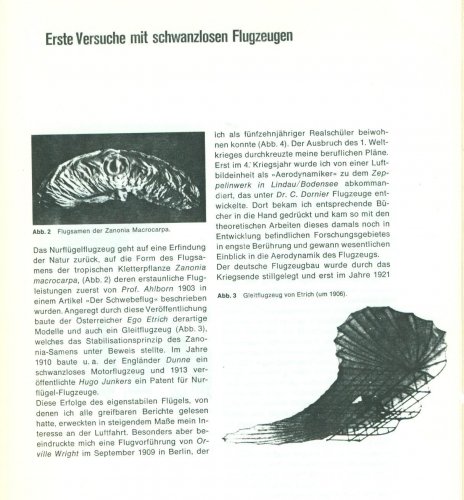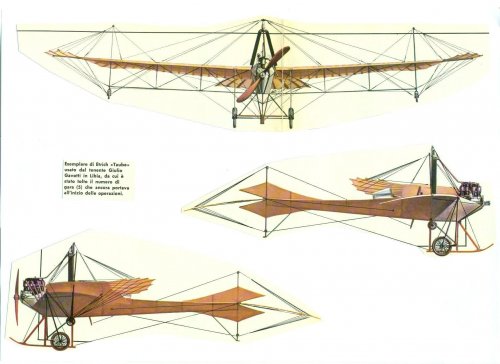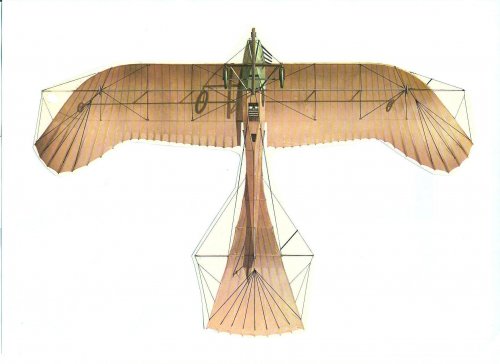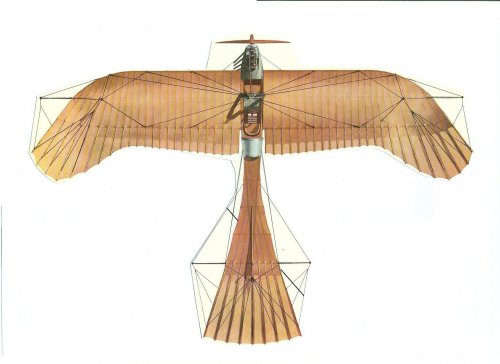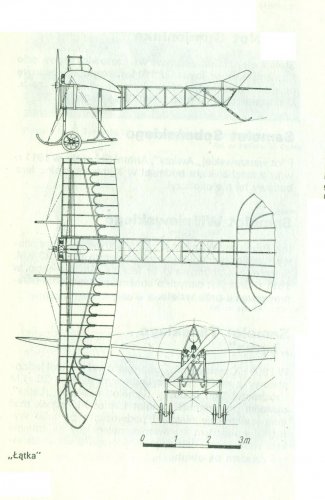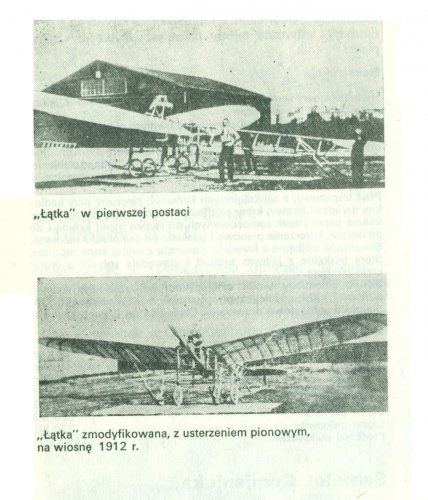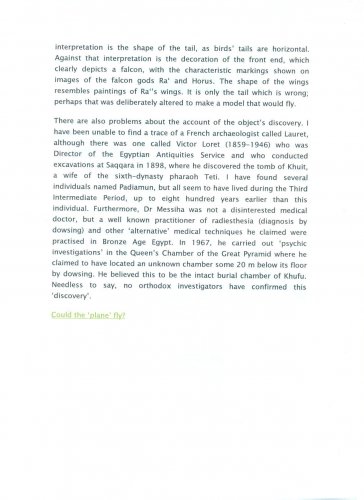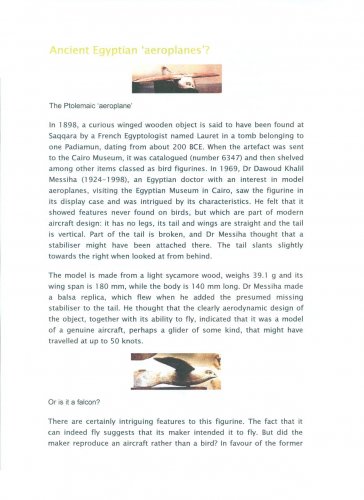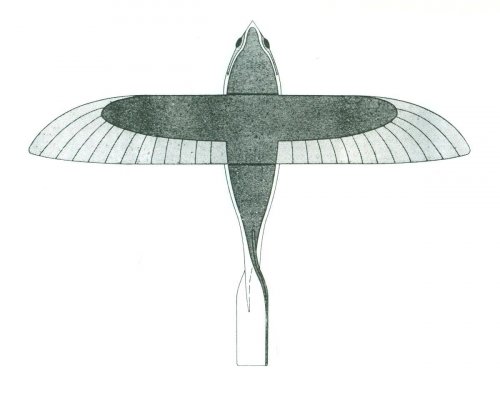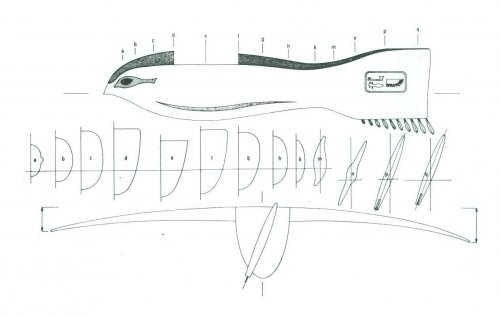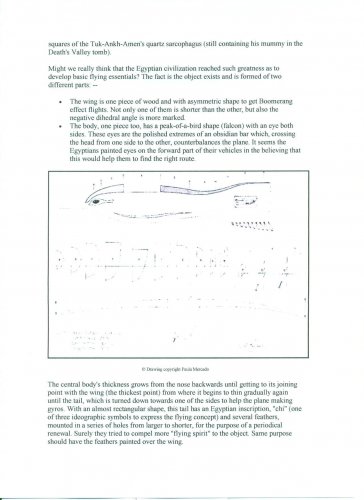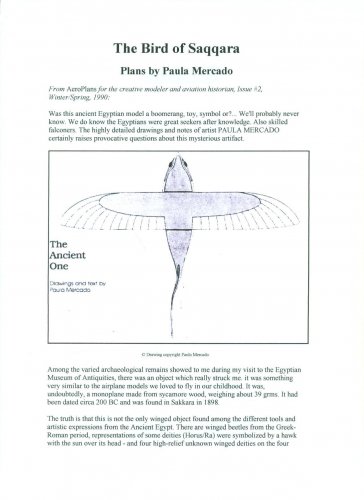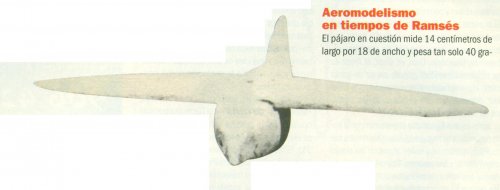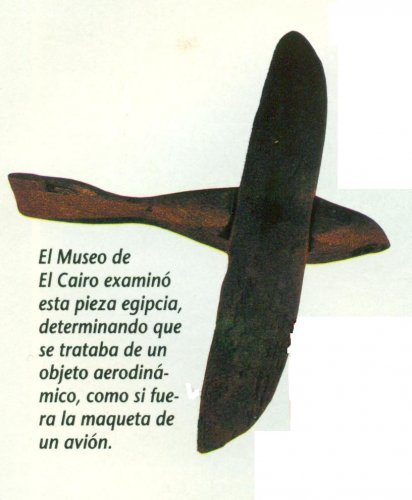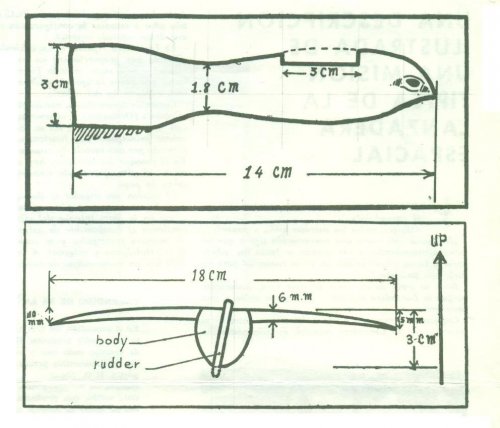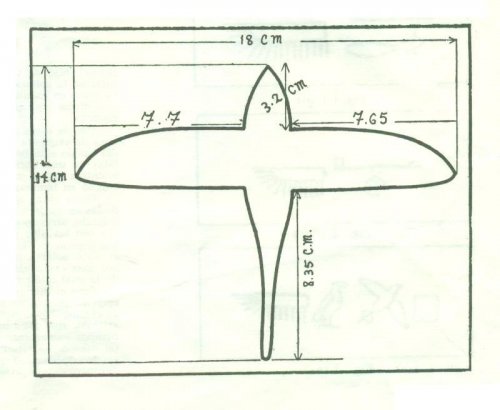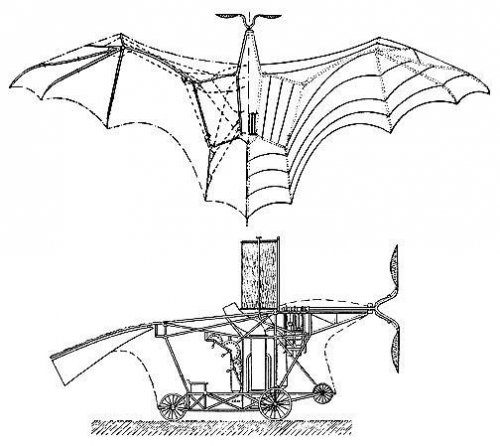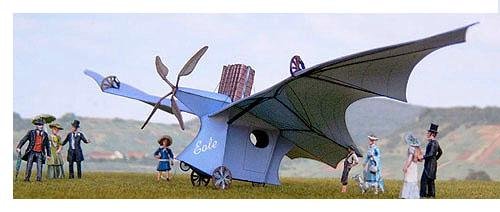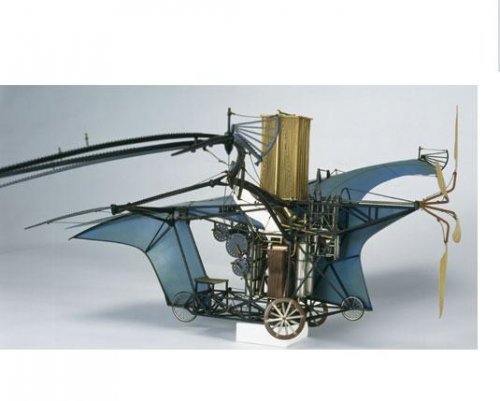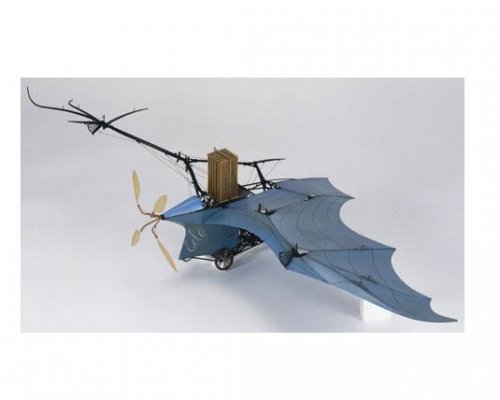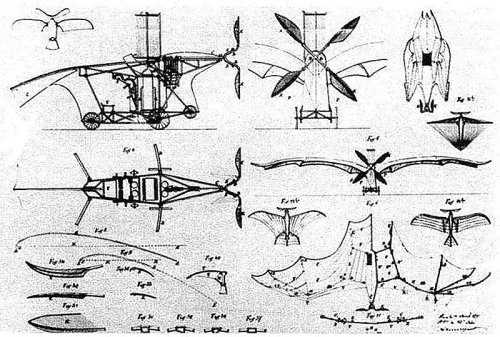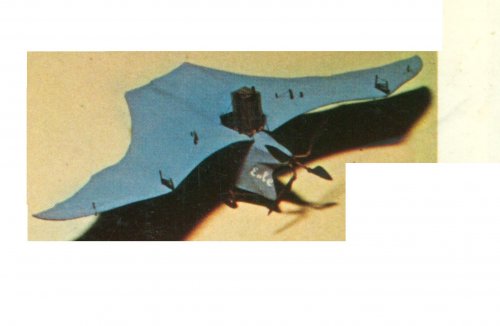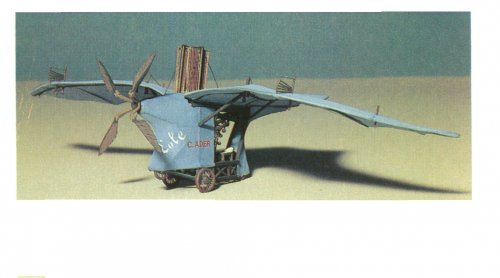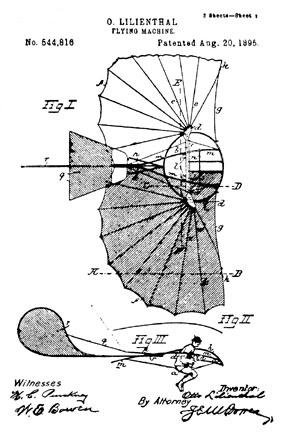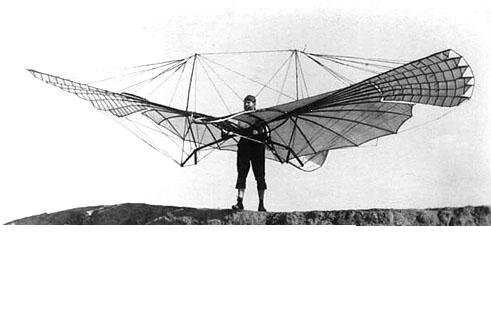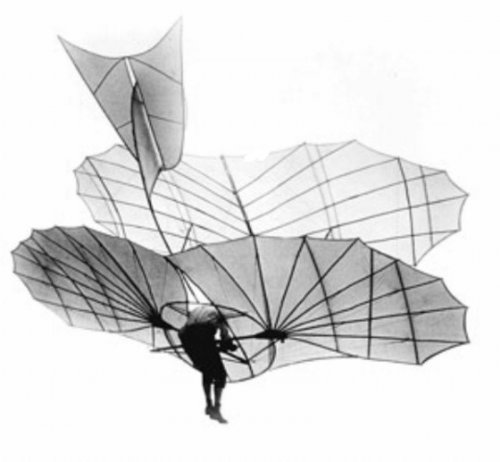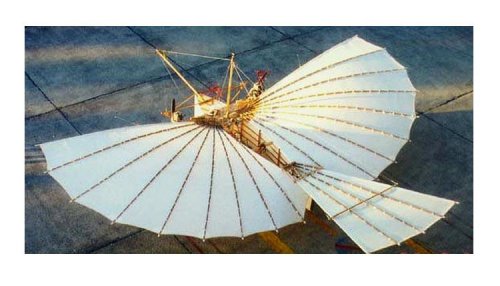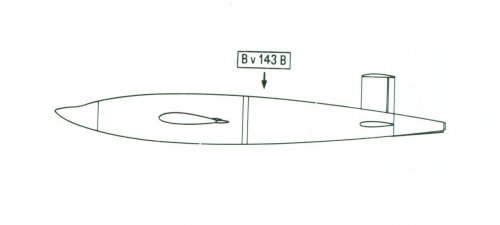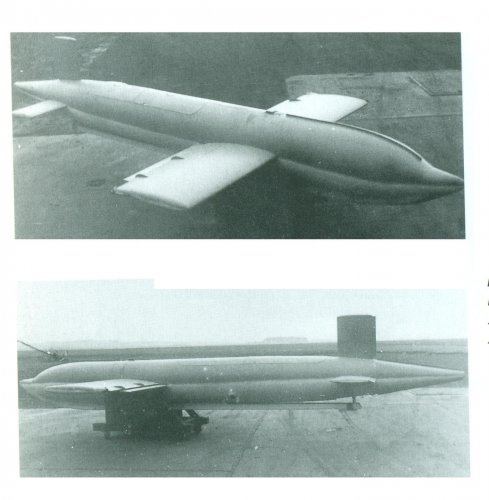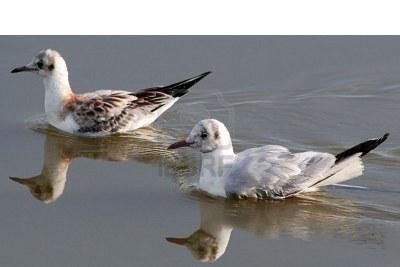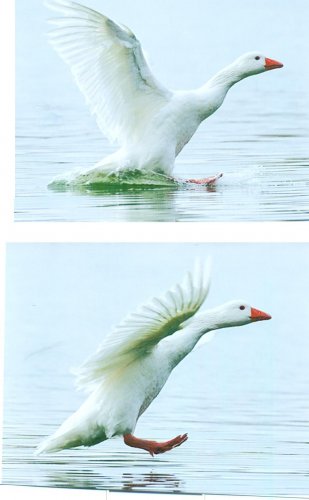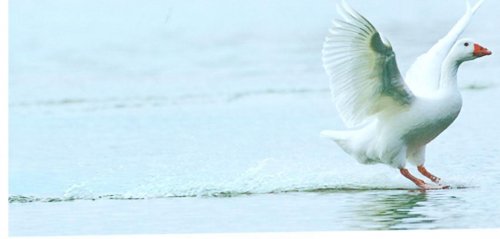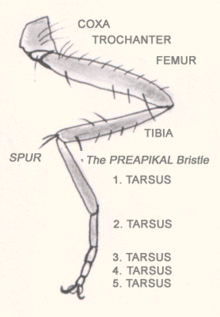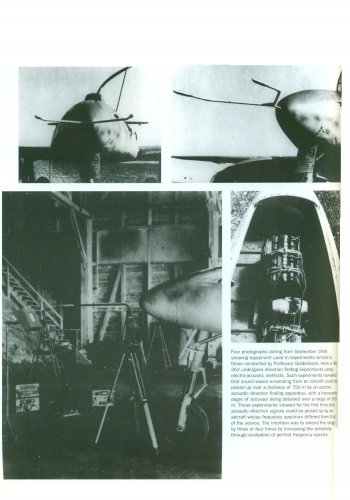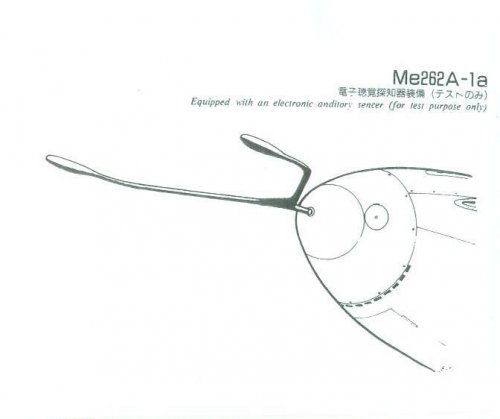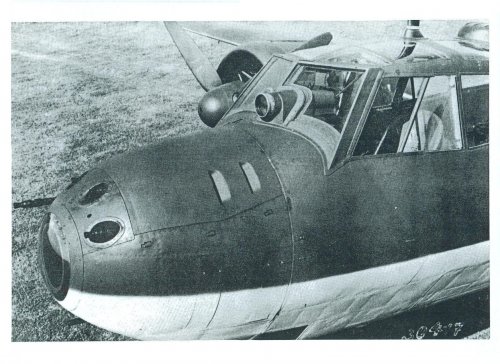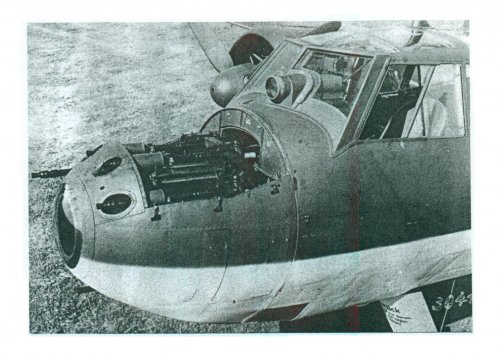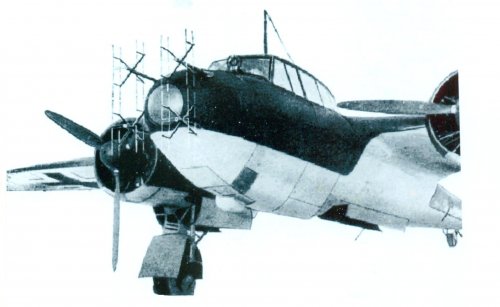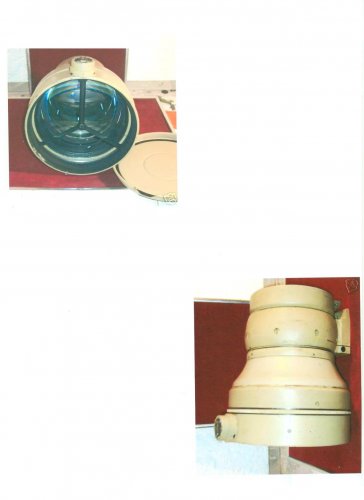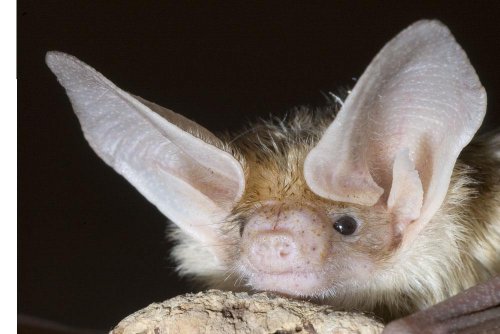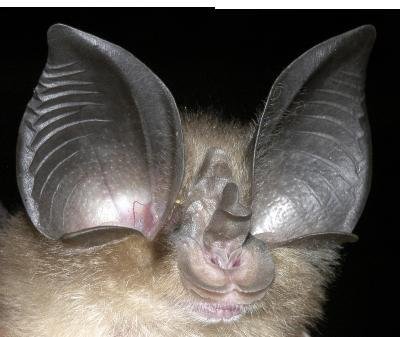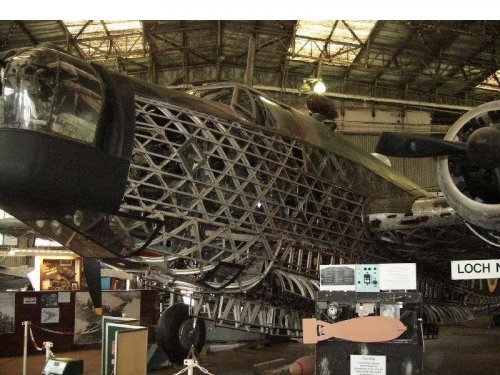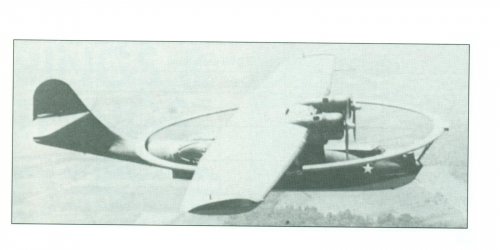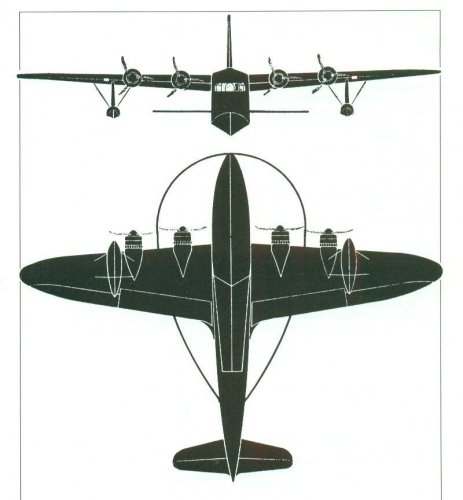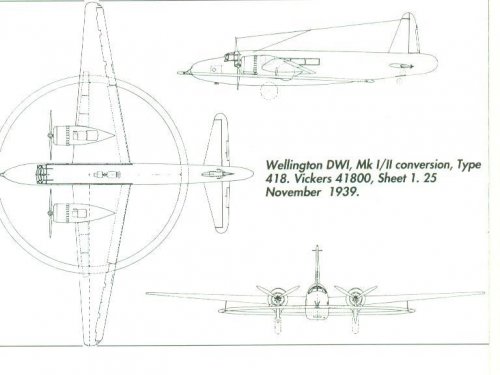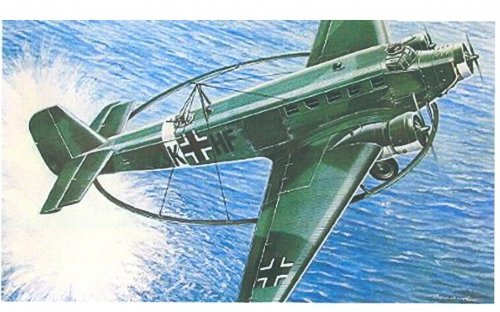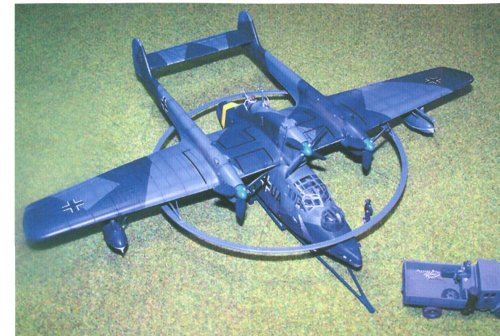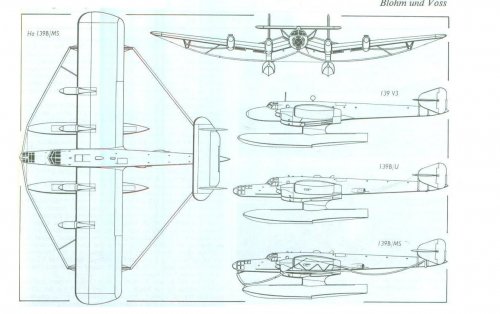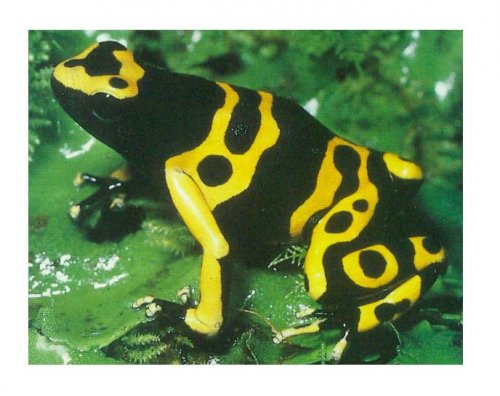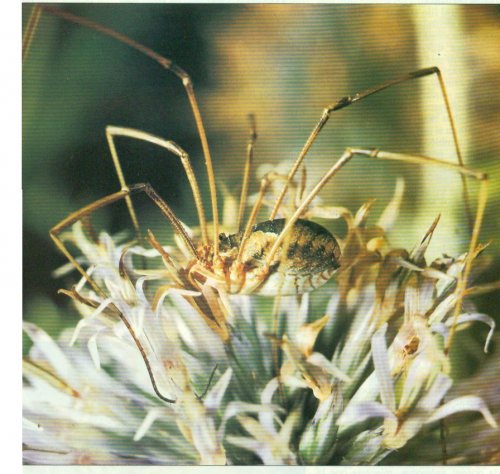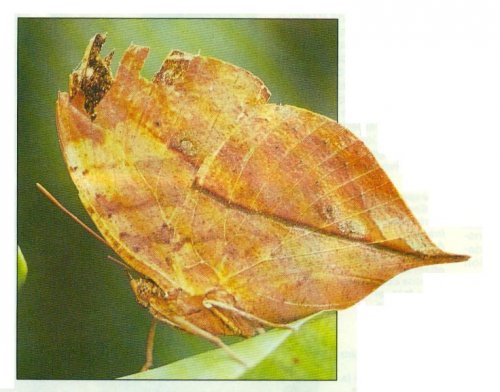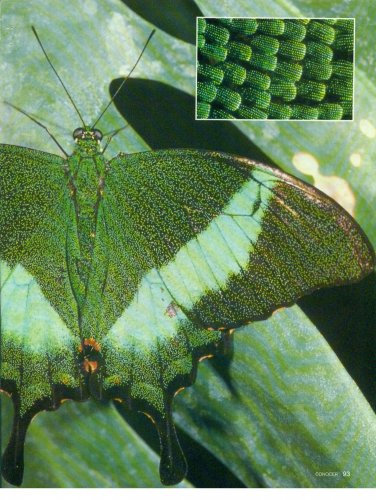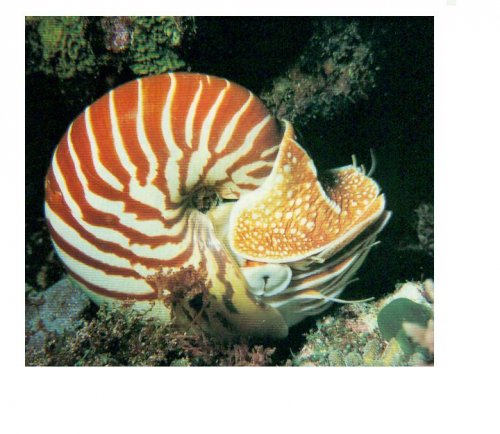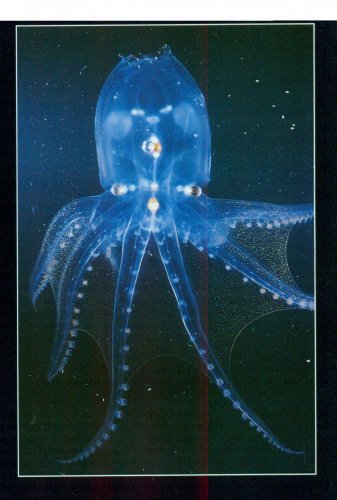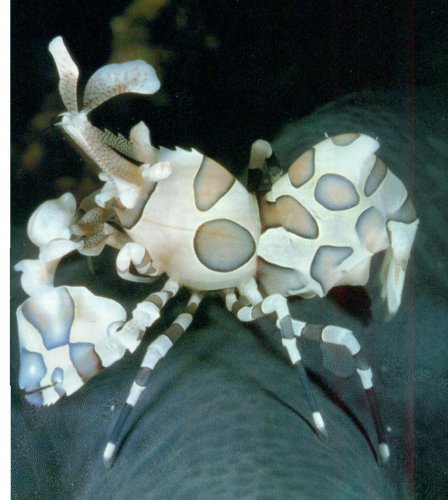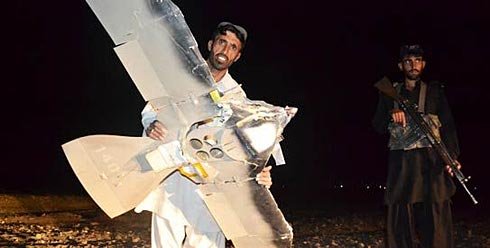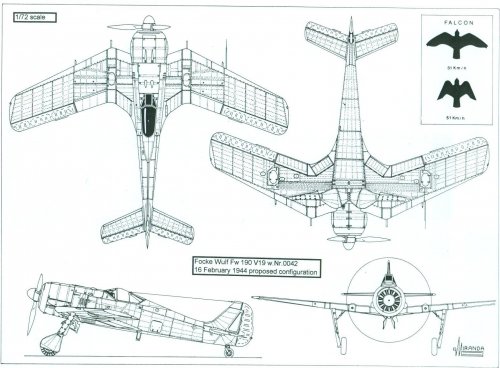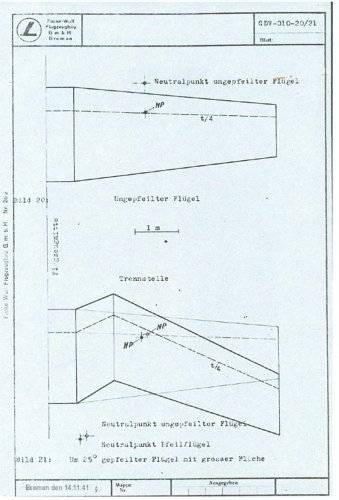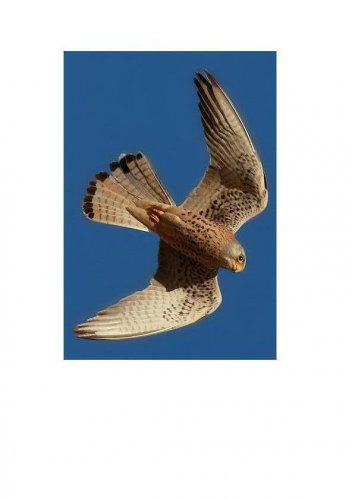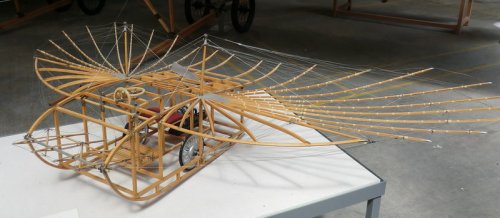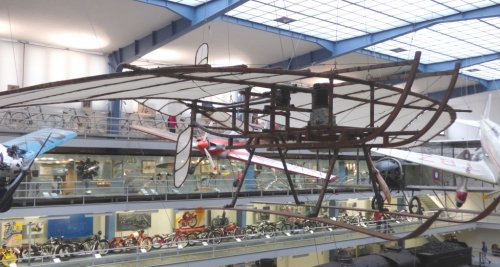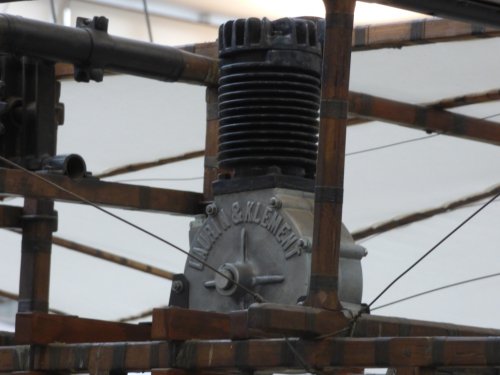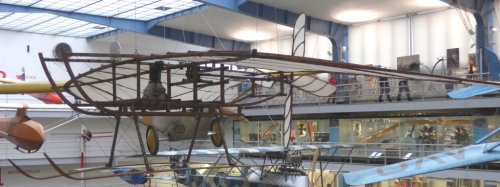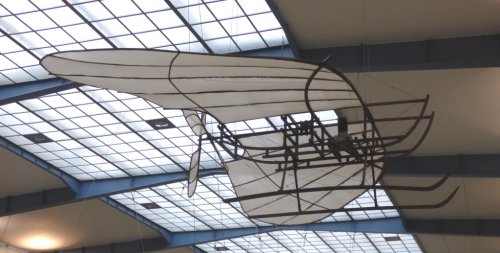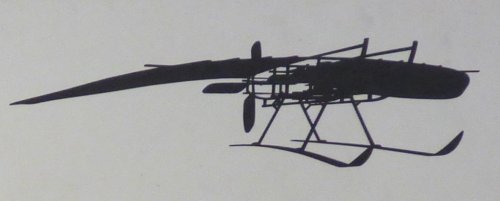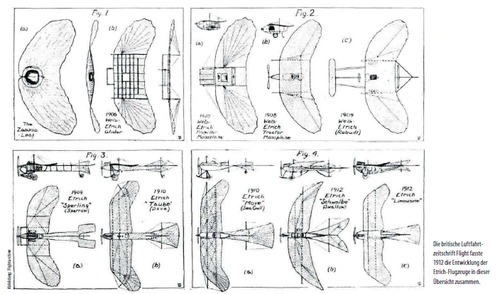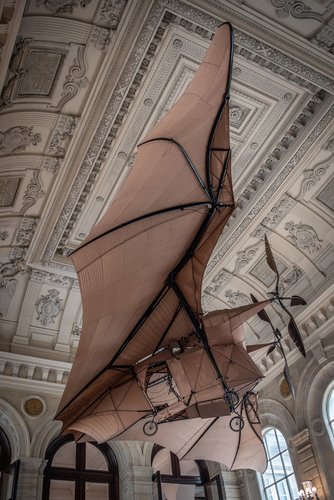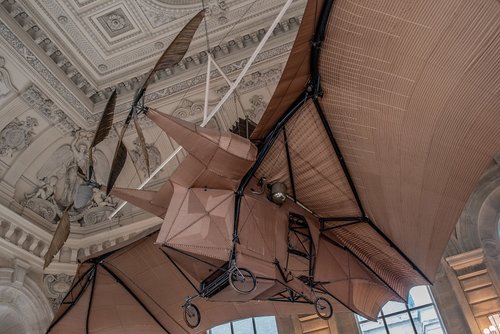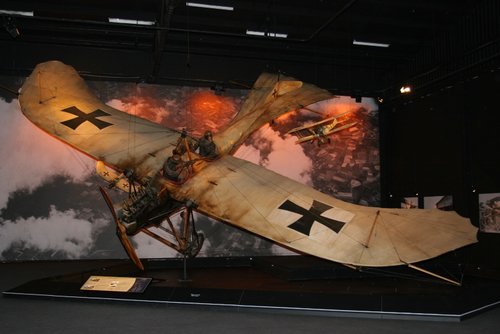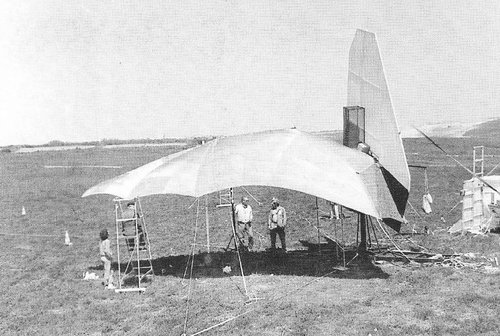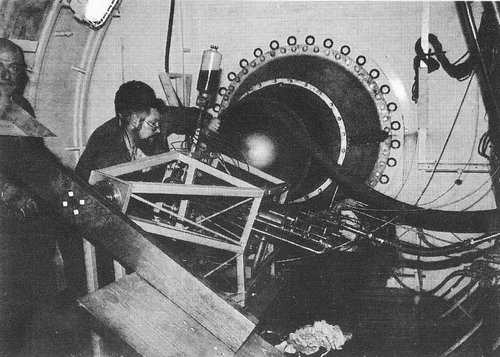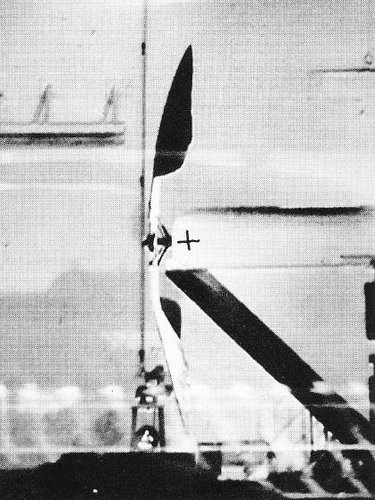- Joined
- 25 June 2009
- Messages
- 14,752
- Reaction score
- 6,141
Remember the late 1980s and early 1990s, when so-called bio-design was all the rage? Some shrewd advertising moguls tried to have us believe that industrial design had finally realized what a brilliant idea it was to mimic the shapes of nature for aerodynamic purposes, not to mention the aesthetic qualities.
A look back on the early days of aviation shows us many examples of attempts at such bio-design. Of course, neither the materials nor the engines were adapted to really make a difference on those strange flying contraptions... But imagine Clément Ader's Éole built with carbon-based composite materials and, say, PT6 turbines?
I'd like for everyone to use this new topic to include any examples of aircraft (in the loose meaning of the word — gliders, helicopters are also welcome) that were designed to closely resemble shapes found in nature.
For example, as early as 1897 (the same year as the Éole's attempted flights), a German inventor by the name of Friedrich Ahlhorn studied and theorized the application to flying contraptions of zanonia's seed. The Zanonia Macrocarpa) is a strange Japanese plant (loosely related to our cucumbers), whose seed is made of a thin yet stiff membrane (sometimes as big as six inches wide) that can glide across long distances. In 1904 Austrian inventor Igo Etrich first applied Ahlhorn's research to a kite, and two years later produced with Franz Wels the Praterspatz, a monoplane glider which was shaped exactly like the zanonia. In 1907, the design evolved into a powered aircraft, and ultimately led to the famous Rumpler Taube of 1911, an observation/training type that was nonetheless used as the first ever bomber during World War I.
More information online:
A look back on the early days of aviation shows us many examples of attempts at such bio-design. Of course, neither the materials nor the engines were adapted to really make a difference on those strange flying contraptions... But imagine Clément Ader's Éole built with carbon-based composite materials and, say, PT6 turbines?
I'd like for everyone to use this new topic to include any examples of aircraft (in the loose meaning of the word — gliders, helicopters are also welcome) that were designed to closely resemble shapes found in nature.
For example, as early as 1897 (the same year as the Éole's attempted flights), a German inventor by the name of Friedrich Ahlhorn studied and theorized the application to flying contraptions of zanonia's seed. The Zanonia Macrocarpa) is a strange Japanese plant (loosely related to our cucumbers), whose seed is made of a thin yet stiff membrane (sometimes as big as six inches wide) that can glide across long distances. In 1904 Austrian inventor Igo Etrich first applied Ahlhorn's research to a kite, and two years later produced with Franz Wels the Praterspatz, a monoplane glider which was shaped exactly like the zanonia. In 1907, the design evolved into a powered aircraft, and ultimately led to the famous Rumpler Taube of 1911, an observation/training type that was nonetheless used as the first ever bomber during World War I.
More information online:
Attachments
-
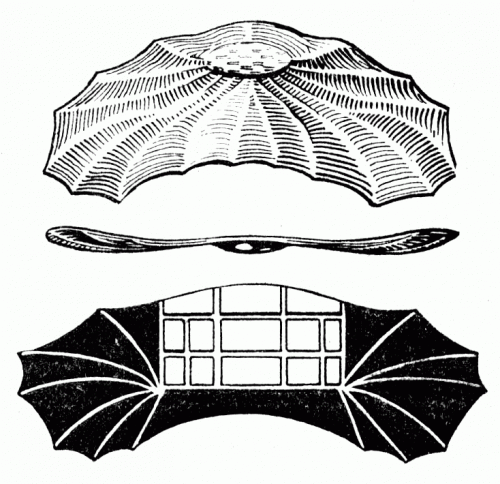 zanonia.gif99.8 KB · Views: 431
zanonia.gif99.8 KB · Views: 431 -
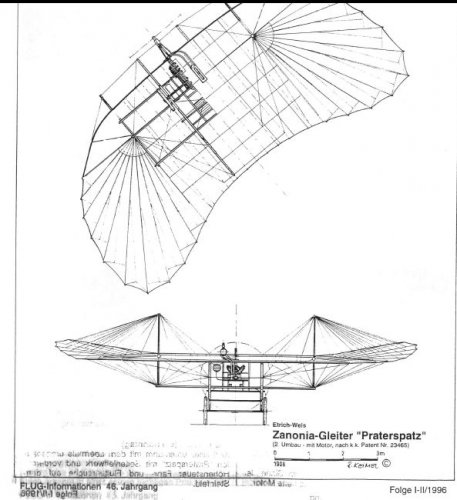 etrich-wels_zanonia_praterspatz.jpg60 KB · Views: 97
etrich-wels_zanonia_praterspatz.jpg60 KB · Views: 97 -
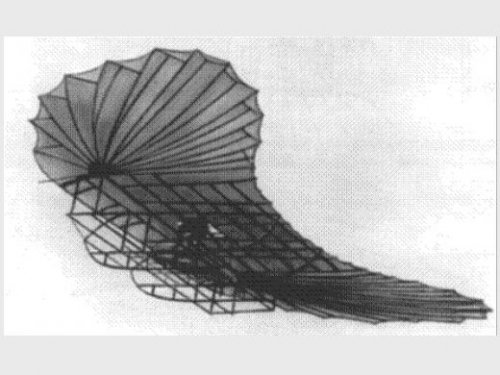 Etrich-Wels_1906_p999.jpg35.5 KB · Views: 93
Etrich-Wels_1906_p999.jpg35.5 KB · Views: 93 -
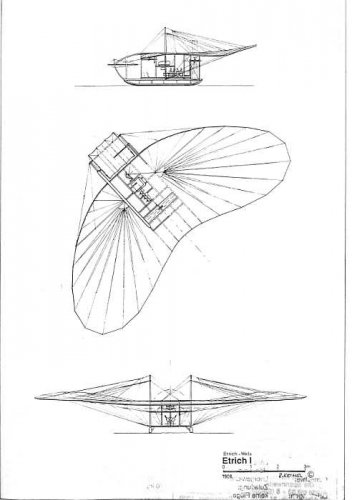 etrich1smaller.jpg24.6 KB · Views: 83
etrich1smaller.jpg24.6 KB · Views: 83 -
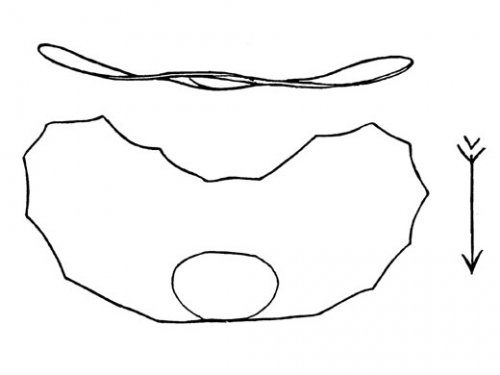 Etrich-Wels_1906_3v.jpg15.7 KB · Views: 393
Etrich-Wels_1906_3v.jpg15.7 KB · Views: 393 -
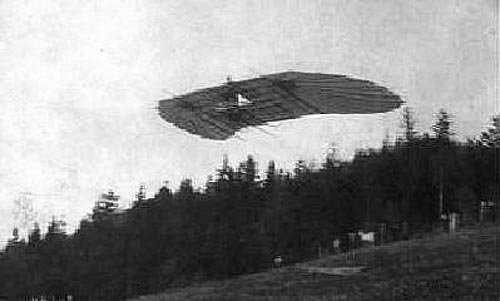 etrich_leaf_500.jpg23.4 KB · Views: 391
etrich_leaf_500.jpg23.4 KB · Views: 391 -
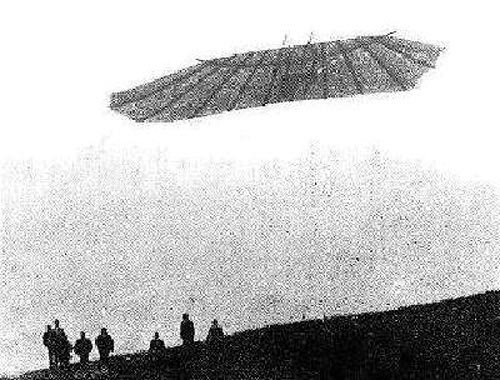 etrich_1904_500.jpg56.2 KB · Views: 394
etrich_1904_500.jpg56.2 KB · Views: 394 -
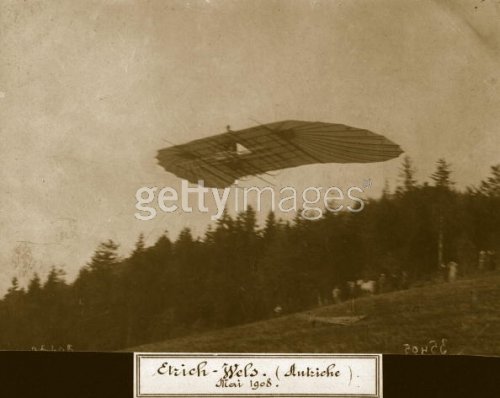 3305551.jpg102.5 KB · Views: 405
3305551.jpg102.5 KB · Views: 405

